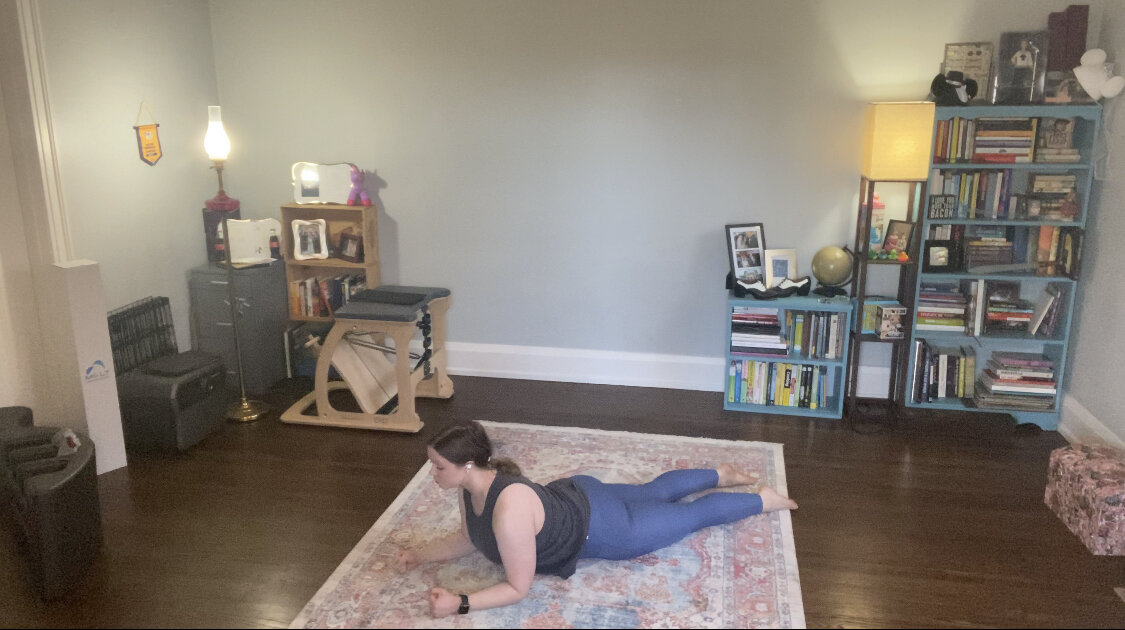The Map of Your Pilates Practice and Modifications to Your Journey

I love maps. When I lived in New York, my friends that visited pre-iPhone era, called me a walking talking map of Manhattan. Maps help me figure out my path, even when it’s not a physical path. Teaching Pilates, I’ve learned there are many ways to get from point A to point B within the movement. Just like my beloved routes to different locations in Lower Manhattan. Those exercises might look different from person to person but that doesn’t mean the movement is a shortcut. You are just taking the route to the end result that works best for you.
When I first moved to New York, I had to get lost in order to learn my way around. This is how I found my way around the twists and turns of Lower Manhattan that was around before the grid system existed. I had my landmarks and I kept my eyes on them as I wondered the streets trying to find my destination. I learned which paths worked best. But I had to try them all to figure out the best route.
I do this with Pilates too. I always love finding out a new variation of an exercise or another way to break it down and build more strength. I do not believe that there is one way to do an exercise. And I don’t believe in shortcuts in movement. I do believe in putting in the work to build strength toward the ideal version of an exercise. If you skip the important parts of the exercise then what’s the point? If you are doing the Criss Cross, one important element is twisting the spine. If your hips come off the mat with you, then you are no longer twisting. So the other important element of this exercise is anchoring the hips into the mat. You can make both of those things happen by keeping your feet on the ground and focusing on the twist of the spine and the anchoring of the hips.
To me, it’s not worth straining and struggling to go for what you think the exercise should look like if you have to skip the important elements along the way. I love to help you find the right path to those important elements of the exercise while still challenging your strength. If you do an exercise a little differently than you think it should look but get the goals of keeping your hips on the ground and twisting the spine, you might actually find more challenge. You will get stronger though, I promise.
Why is it more challenging? Because you are helping your body achieve the goal of the exercise by providing more support so the muscles can work better! When you modify or change the exercise if it’s not working for you, you give your body the opportunity to get stronger. If you work on building up the strength rather than the struggle you will probably be able to do it without modification. But if you skip the steps to build the strength you are just going to stay in the struggle. You don’t have to struggle though. There is always a better way.
This is what makes Pilates hard. You have to figure out your own map. Your body is not the same as mine. And that’s great! The best part is you don’t have to figure it out alone. I have ten years of expertise to help you find what works for you. And I love to do that! I’ll help you figure out where your landmarks are, what are the right destinations for your body and how to stick with it even when it gets challenging. I’m not going to lie and say Pilates is easy, because it’s not. Pilates is a journey. There are ups and downs. There are times when you need to draw a new map. That’s why it’s best to have someone by your side to help you on the journey. If you want someone on your side through the journey, click here for my tip on where to start your journey for the best results.




